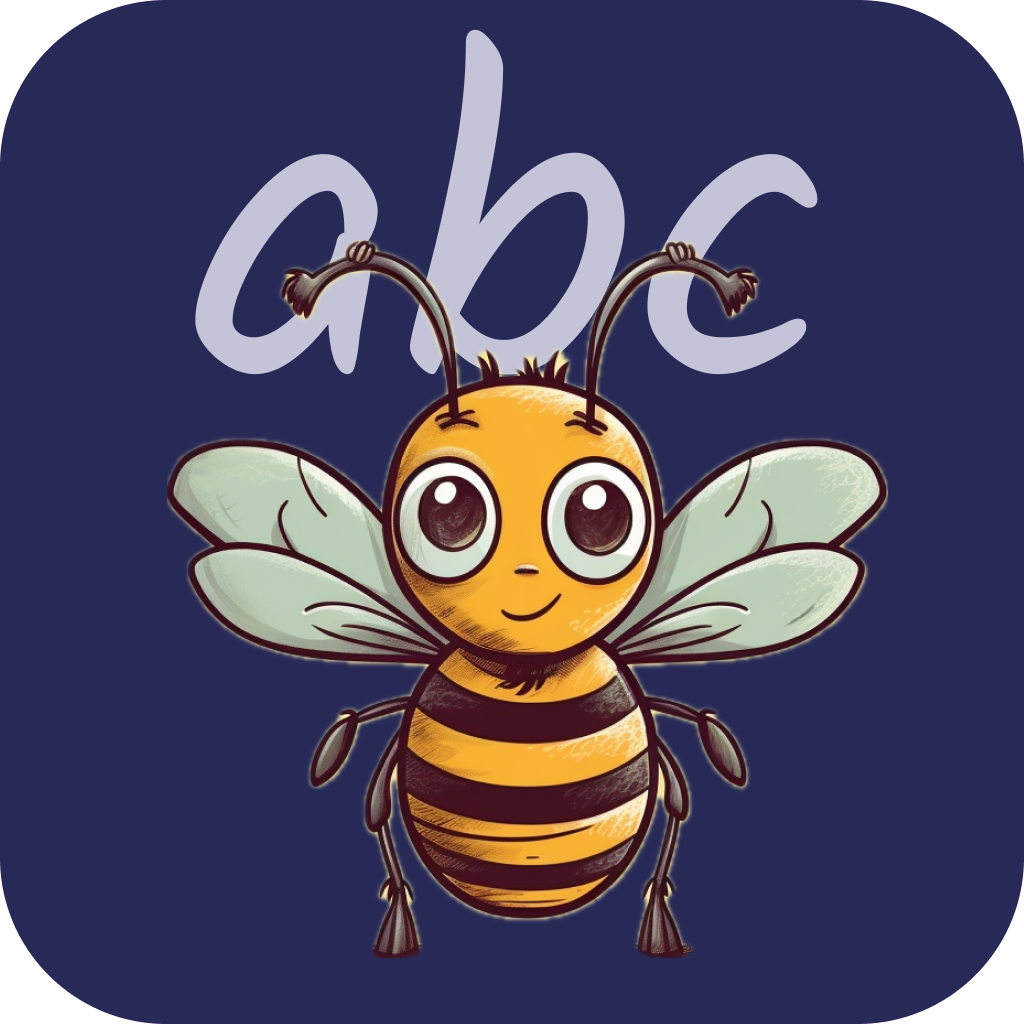Spelling is a fundamental skill that supports reading, writing, and overall literacy development. While some children pick up spelling naturally, many benefit from structured, evidence-based teaching strategies. But what is the best method for teaching spelling? Research suggests that a combination of phonics instruction, visual memory techniques, multisensory approaches, and regular practice leads to the most effective spelling outcomes.
In this article, we’ll explore the most effective spelling teaching methods, supported by research and real-world applications.
1. Phonics-Based Spelling Instruction
Phonics is one of the most widely recognized and research-backed methods for teaching spelling. It involves teaching the relationship between letters and sounds to help children decode words.
Why It Works:
• Research from the National Reading Panel (2000) found that phonics instruction improves not only reading skills but also spelling ability.
• A study by Treiman (2018) concluded that phonics-based spelling instruction helps children understand word structures, making it easier to spell new words.
• It helps early learners recognize common spelling patterns (e.g., “cat,” “bat,” “hat” all follow the same pattern).
How to Teach It:
• Sound it out: Encourage children to break words into phonemes (e.g., s-a-t) and spell them accordingly.
• Word families: Teach common spelling patterns (e.g., -ight words: light, might, sight).
• Blending and segmenting games: Have children blend sounds to form words and segment them to spell words.
2. The Whole-Word Approach (Sight Words and Dolch Words)
Some words do not follow phonetic rules and must be learned by recognition. These are known as sight words (e.g., “said,” “was,” “the”).
Why It Works:
• Dolch (1936) compiled a list of 220 high-frequency words that make up a large portion of written English.
• Studies show that memorizing sight words improves reading fluency, reducing the cognitive load of decoding each word.
How to Teach It:
• Flashcards: Regular exposure through repetition.
• Word Walls: Display commonly used sight words in a visible location.
• Find the word: Have children identify sight words in books, signs, or classroom materials.
3. Multisensory Spelling Approach (Kinesthetic Learning)
The Orton-Gillingham method, used widely for children with dyslexia, incorporates visual, auditory, and tactile-kinesthetic learning.
Why It Works:
• A study in the Journal of Learning Disabilities (2004) found that children who used multisensory techniques showed significant improvement in spelling compared to those who relied solely on traditional methods.
• Engaging multiple senses reinforces memory and retention.
How to Teach It:
• Writing words in sand or shaving cream for tactile engagement.
• Air spelling: Have children trace letters in the air while saying the word.
• Clapping syllables: Helps break down longer words into manageable parts.
4. Morphological Spelling Instruction (Roots, Prefixes, and Suffixes)
Understanding word roots, prefixes, and suffixes helps children spell longer and more complex words.
Why It Works:
• Research shows that morphological awareness (understanding word parts) improves spelling ability and vocabulary.
• A 2013 study found that teaching morphology significantly improved students’ ability to spell unfamiliar words.
How to Teach It:
• Break down words into meaningful parts (e.g., “unhappy” → “un-” + “happy”).
• Sort words by prefixes/suffixes to identify patterns.
• Use word-building games to reinforce how prefixes and suffixes change word meanings.
5. Spelling Through Contextual Writing
Instead of memorizing lists, children learn best when spelling is practiced in real-world writing situations.
Why It Works:
• A study in the British Journal of Educational Psychology (2015) found that children who learned spelling through writing had better long-term retention than those who studied spelling lists in isolation.
How to Teach It:
• Encourage journaling where children write freely and apply spelling naturally.
• Dictation exercises where they write down sentences they hear.
• Interactive storytelling where children invent stories and spell new words in context.
6. Gamification and Interactive Learning
Making spelling fun through games and technology keeps children engaged and motivated.
Why It Works:
• A study by University College London (2019) found that students using spelling apps and interactive games showed a 40% improvement in spelling test scores compared to traditional methods.
• Engagement increases retention.
How to Teach It:
• Spelling Bee Competitions: Fun and challenging.
• Apps like Spelling Bee, Scrabble, and Bananagrams for interactive learning.
• Word searches and crossword puzzles to reinforce spelling patterns.
Which Spelling Method is the Best?
The best method for teaching spelling depends on the learner. However, research suggests that a combination of the following is most effective:
✔ Phonics instruction for foundational skills.
✔ Sight word practice for high-frequency words.
✔ Multisensory techniques for engagement.
✔ Morphological instruction for advanced spelling.
✔ Writing in context to reinforce learning.
✔ Gamified learning to boost motivation.
By incorporating multiple methods, teachers and parents can ensure that children develop strong and lasting spelling skills in a fun and engaging way.
Final Thoughts
Spelling is more than just memorization—it’s about understanding patterns, sounds, and meanings. By using a variety of proven strategies, children can develop confidence in their spelling abilities and become proficient readers and writers.

